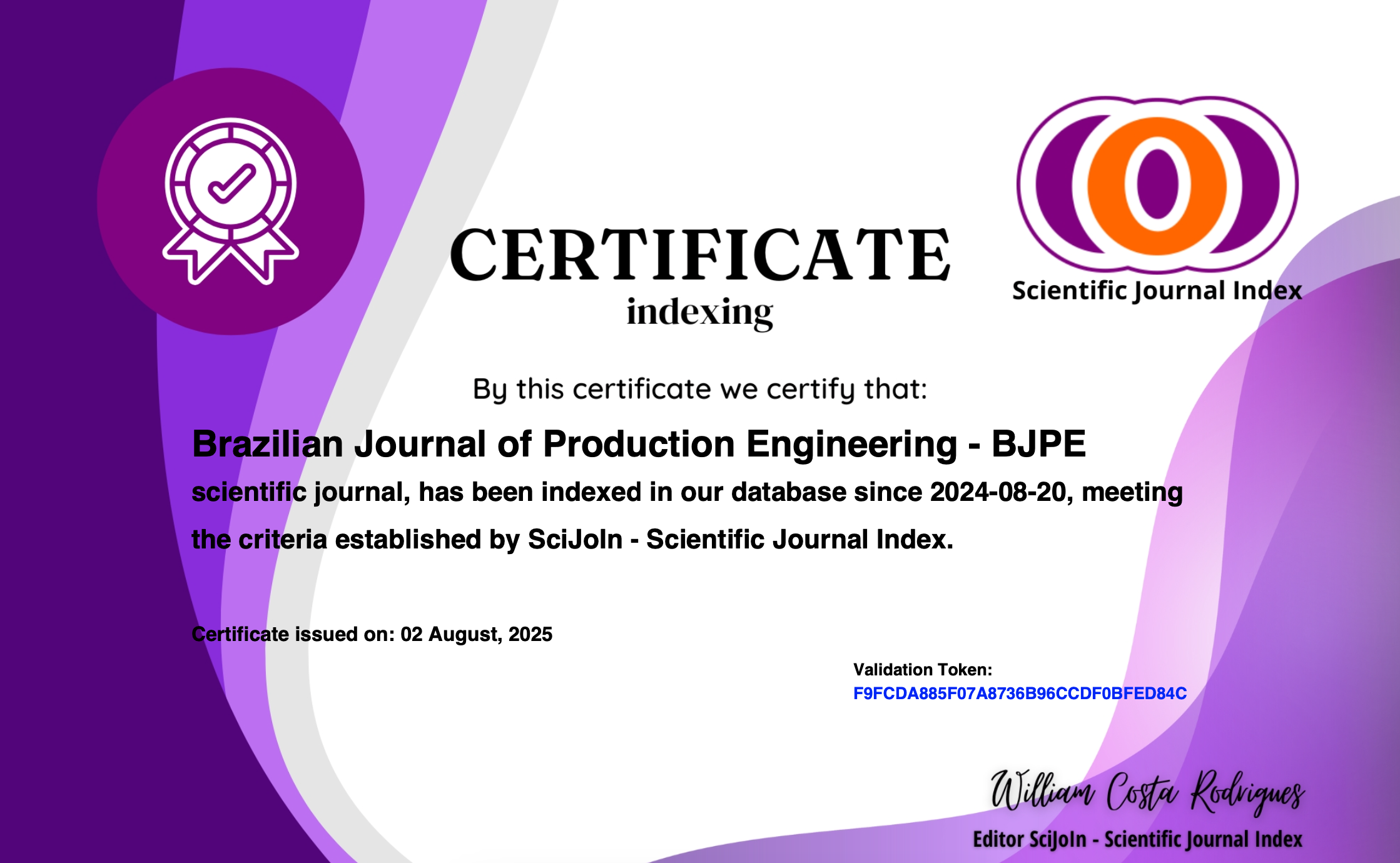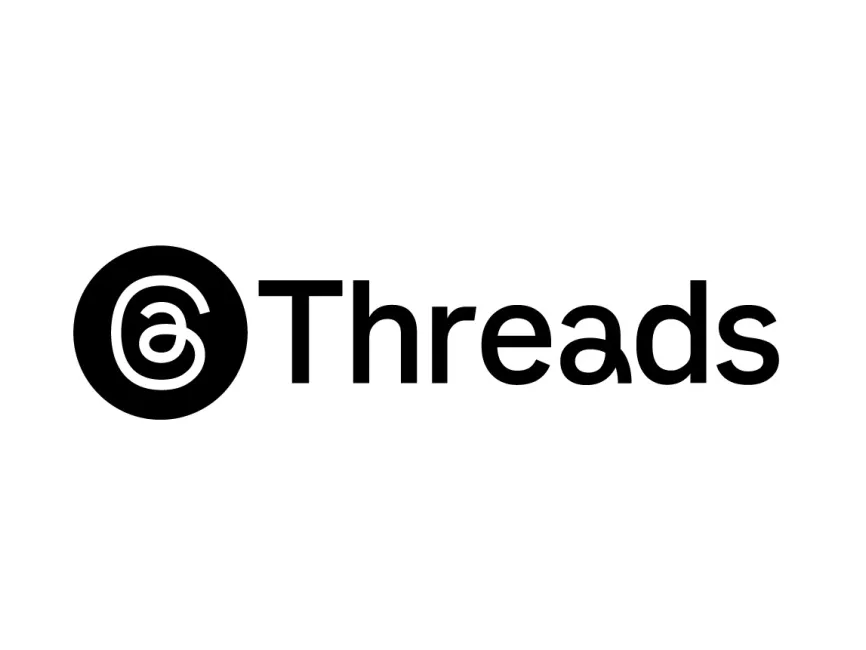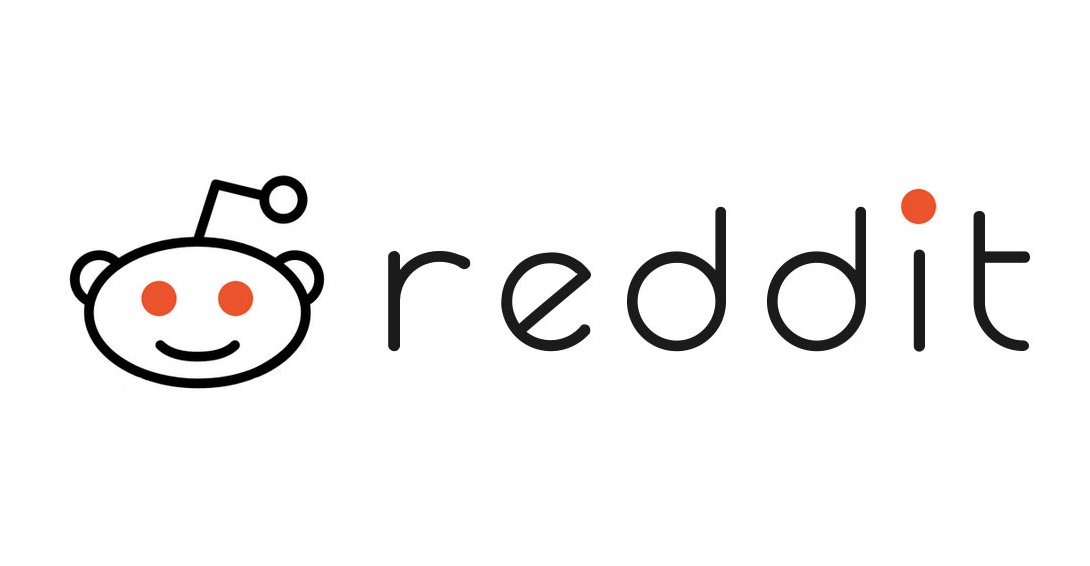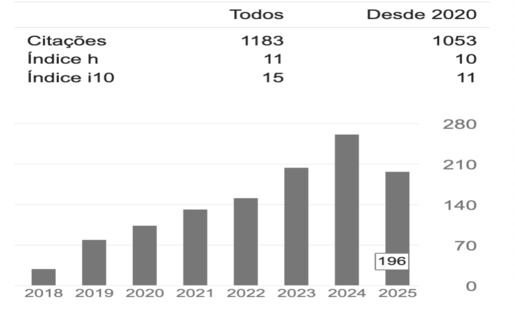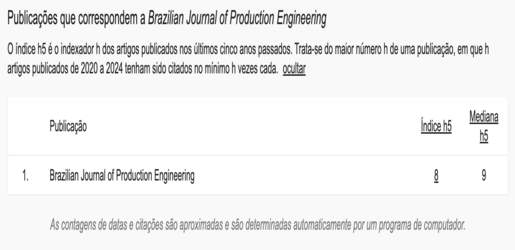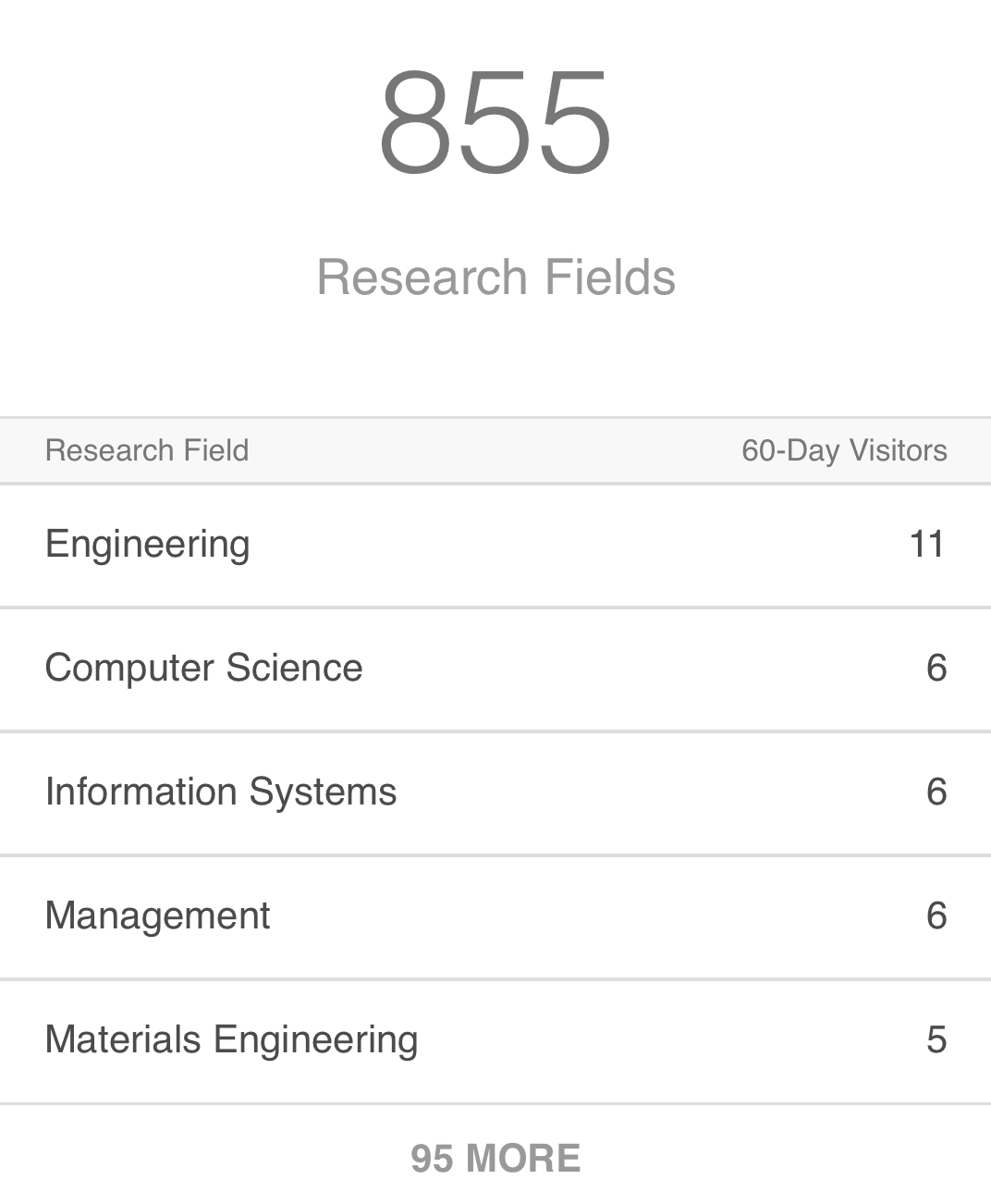TRATAMENTO DE EFLUENTE SINTÉTICO DE CORANTE AZUL DE METILENO POR ELETROFLOCULAÇÃO
Resumen
No presente estudo a técnica de eletrofloculação foi aplicada à remoção do corante azul de metileno em solução sintética. Colorimetria foi utilizada para avaliar o grau de remoção de corante do efluente. Testes foram feitos para sete combinações de temperatura da água e pH. A análise dos dados experimentais demonstrou que a quantidade de corante removido depende do pH, da temperatura e da interação entre estas duas variáveis.Descargas
Referencias
AQUINO NETO, Sidney De e colab. Tratamento de resíduos de corante por eletrofloculação: um experimento para cursos de graduação em química. Química Nova, v. 34, n. 8, p. 1468–1471, 2011.
BRASIL. Resolução CONAMA no 357, de 17 de março de 2005. Disponível em: <www.mma.gov.br>. Acesso em: 22 nov 2017.
BRASIL. Resolução CONAMA no 430, de 13 de maio de 2011. Disponível em: <www.mma.gov.br>. Acesso em: 22 nov 2017.
CAÑIZARES, Pablo e colab. The pH as a key parameter in the choice between coagulation and electrocoagulation for the treatment of wastewaters. Journal of Hazardous Materials, v. 163, n. 1, p. 158–164, 2009.
CERQUEIRA, A e RUSSO, C e MARQUES, M R C. Electroflocculation for textile wastewater treatment . Brazilian Journal of Chemical Engineering . [S.l.]: scielo . , 2009
GOLDER, A K e colab. Electrocoagulation of methylene blue and eosin yellowish using mild steel electrodes. Journal of hazardous materials, v. 127, n. 1, p. 134–140, 2005.
HAMDAOUI, Oualid e CHIHA, Mahdi. Removal of Methylene Blue from Aqueous Solutions by Wheat Bran. Acta Chimica Slovenica, v. 54, n. 2, 2007.
KHANDEGAR, V. e SAROHA, Anil K. Electrocoagulation for the treatment of textile industry effluent - A review. Journal of Environmental Management. [S.l.]: Academic Press. Disponível em: <http://www.sciencedirect.com/science/article/pii/S0301479713004465>. Acesso em: 21 nov 2017. , 15 Out 2013
MERZOUK, B e colab. Studies on the decolorization of textile dye wastewater by continuous electrocoagulation process. Chemical Engineering Journal, v. 149, n. 1, p. 207–214, 2009.
MORENO-CASILLAS, Hector A e colab. Electrocoagulation mechanism for COD removal. Separation and Purification Technology, v. 56, n. 2, p. 204–211, 2007. Disponível em: <http://www.sciencedirect.com/science/article/pii/S1383586607000846>.
PABLO CAÑIZARES e colab. Coagulation and Electrocoagulation of Wastes Polluted with Dyes. Environmental Science & Technology, v. 40, n. 20, p. 6418–6424, 2006. Disponível em: <http://pubs.acs.org/doi/abs/10.1021/es0608390>. Acesso em: 17 out 2017.
WANG, Peifang e colab. Kinetics and thermodynamics of adsorption of methylene blue by a magnetic graphene-carbon nanotube composite. Applied Surface Science, v. 290, p. 116–124, 30 Jan 2014. Disponível em: <http://www.sciencedirect.com/science/article/pii/S0169433213020710?via%3Dihub>. Acesso em: 24 nov 2017.
YAGUB, Mustafa T e colab. Dye and its removal from aqueous solution by adsorption: a review. Advances in colloid and interface science, v. 209, p. 172–184, 2014.
ABER, S e AMANI-GHADIM, A R e MIRZAJANI, V. Removal of Cr(VI) from polluted solutions by electrocoagulation: Modeling of experimental results using artificial neural network. Journal of hazardous materials, v. 171, n. 1–3, p. 484–490, Nov 2009. Disponível em: <http://www.sciencedirect.com/science/article/pii/S0304389409009406>.
AQUINO NETO, Sidney De e colab. Tratamento de resíduos de corante por eletrofloculação: um experimento para cursos de graduação em química. Química Nova, v. 34, n. 8, p. 1468–1471, 2011.
BRASIL. Resolução CONAMA no 357, de 17 de março de 2005. Disponível em: <www.mma.gov.br>. Acesso em: 22 nov 2017.
BRASIL. Resolução CONAMA no 430, de 13 de maio de 2011. Disponível em: <www.mma.gov.br>. Acesso em: 22 nov 2017.
CAÑIZARES, Pablo e colab. The pH as a key parameter in the choice between coagulation and electrocoagulation for the treatment of wastewaters. Journal of Hazardous Materials, v. 163, n. 1, p. 158–164, 2009.
CERQUEIRA, A e RUSSO, C e MARQUES, M R C. Electroflocculation for textile wastewater treatment . Brazilian Journal of Chemical Engineering . [S.l.]: scielo . , 2009
GOLDER, A K e colab. Electrocoagulation of methylene blue and eosin yellowish using mild steel electrodes. Journal of hazardous materials, v. 127, n. 1, p. 134–140, 2005.
HAMDAOUI, Oualid e CHIHA, Mahdi. Removal of Methylene Blue from Aqueous Solutions by Wheat Bran. Acta Chimica Slovenica, v. 54, n. 2, 2007.
KHANDEGAR, V. e SAROHA, Anil K. Electrocoagulation for the treatment of textile industry effluent - A review. Journal of Environmental Management. [S.l.]: Academic Press. Disponível em: <http://www.sciencedirect.com/science/article/pii/S0301479713004465>. Acesso em: 21 nov 2017. , 15 Out 2013
MERZOUK, B e colab. Studies on the decolorization of textile dye wastewater by continuous electrocoagulation process. Chemical Engineering Journal, v. 149, n. 1, p. 207–214, 2009.
MORENO-CASILLAS, Hector A e colab. Electrocoagulation mechanism for COD removal. Separation and Purification Technology, v. 56, n. 2, p. 204–211, 2007. Disponível em: <http://www.sciencedirect.com/science/article/pii/S1383586607000846>.
PABLO CAÑIZARES e colab. Coagulation and Electrocoagulation of Wastes Polluted with Dyes. Environmental Science & Technology, v. 40, n. 20, p. 6418–6424, 2006. Disponível em: <http://pubs.acs.org/doi/abs/10.1021/es0608390>. Acesso em: 17 out 2017.
WANG, Peifang e colab. Kinetics and thermodynamics of adsorption of methylene blue by a magnetic graphene-carbon nanotube composite. Applied Surface Science, v. 290, p. 116–124, 30 Jan 2014. Disponível em: <http://www.sciencedirect.com/science/article/pii/S0169433213020710?via%3Dihub>. Acesso em: 24 nov 2017.
YAGUB, Mustafa T e colab. Dye and its removal from aqueous solution by adsorption: a review. Advances in colloid and interface science, v. 209, p. 172–184, 2014.
Descargas
Publicado
Número
Sección
Licencia
Derechos de autor 2017 Brazilian Journal of Production Engineering - BJPE

Esta obra está bajo una licencia internacional Creative Commons Atribución-NoComercial-CompartirIgual 4.0.

Todas las obras publicadas en la Revista Brasileña de Ingeniería de Producción (BJPE) están bajo la licencia Creative Commons Atribución 4.0 Internacional (CC BY 4.0).
Esto significa que:
Cualquier persona puede copiar, distribuir, exhibir, adaptar, remezclar e incluso utilizar comercialmente el contenido publicado en la revista;
Siempre que se reconozca debidamente a los autores y a BJPE como fuente original;
No se requiere permiso adicional para la reutilización, siempre que se respeten los términos de la licencia.
Esta política cumple con los principios de acceso abierto, promoviendo la amplia difusión del conocimiento científico.



2.png)
